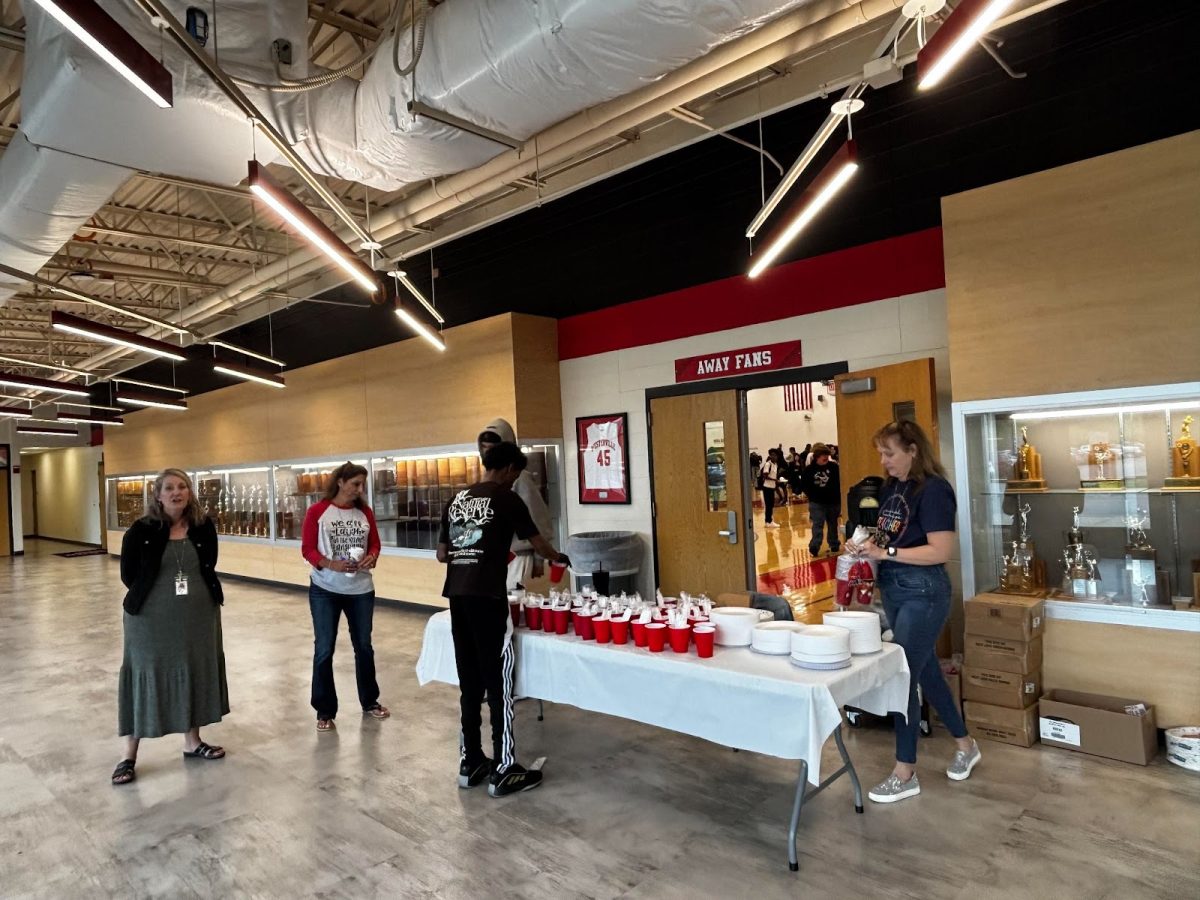Pumpkin explosions at South
November 5, 2018
On Oct. 30, Chemistry teacher Lauren Sefton’s classes used liquid nitrogen to blow up pumpkins and a trash can in the practice fields.
Liquid nitrogen boils at a temperature of -196oC (-320oF), and expands rapidly after boiling. By putting liquid nitrogen into a closed bottle, the gas expanding causes the bottle to explode.
According to Sefton, the bottle is put inside a pumpkin to make the pumpkin explode. The process is sped up by putting warm water into the pumpkin as well, which causes the liquid nitrogen to boil even faster.
A similar process was used to blow up the trash can, but with more water, Sefton said. Although the trash can itself didn’t blow up, a whiteboard (which Sefton bought, not the district) did get destroyed by the explosion.
Sefton used the explosions to help teach her classes about the relationships between temperature and pressure in gases in an enclosed space. When temperature increases and volume remains constant, the pressure must also increase, and it eventually reaches a “breaking point” where it causes the bottle (and pumpkin it is in) to explode.




